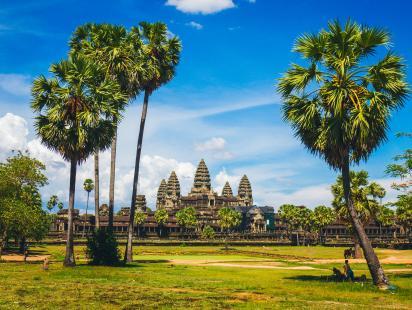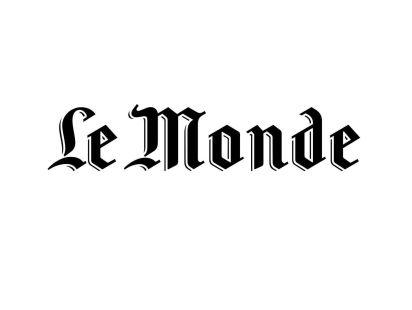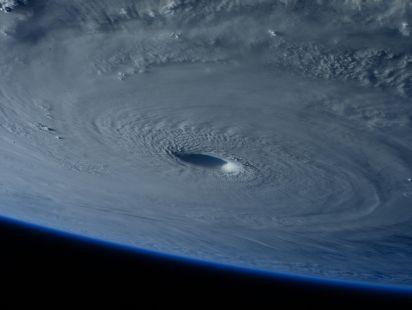Angkor embodies Khmer civilization. During the height of the Khmer Empire, from XI to the XIII e century, Angkor was the greatest preindustrial urban centre in the world. The city covers the Angkor Wat temple, nowadays globally known and one of the biggest tourist attractions in Cambodia.
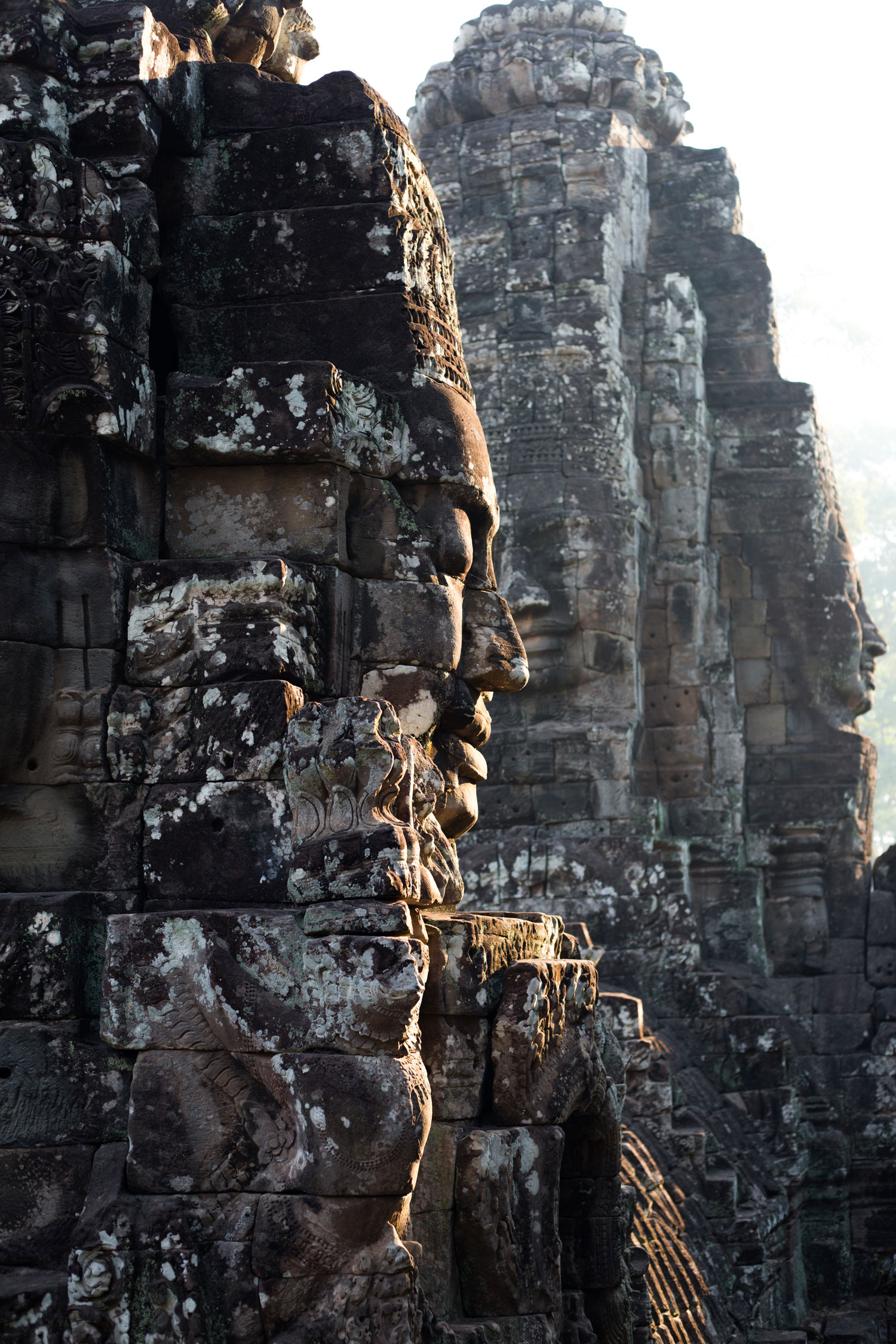
In the heart of the sovereign Khmers capital the Bayon elevates as the central temple in the city. It is the last « mountain-temple » of the Angkor site, built by Jayavarman VII which attempted to reinforce the Khmer power after the Cham invasion. He dedicated this many face monument to Buddha, thus disseminating its doctrine.
Mountain-temples are built following a multiple-floor’s architecture, symbol of the Meru Mount, in India. In Hindu mythology, it represents the centre of the universe where gods live. Soaked into Hindu religion, Khmers built these temples to come closer to their divinities.
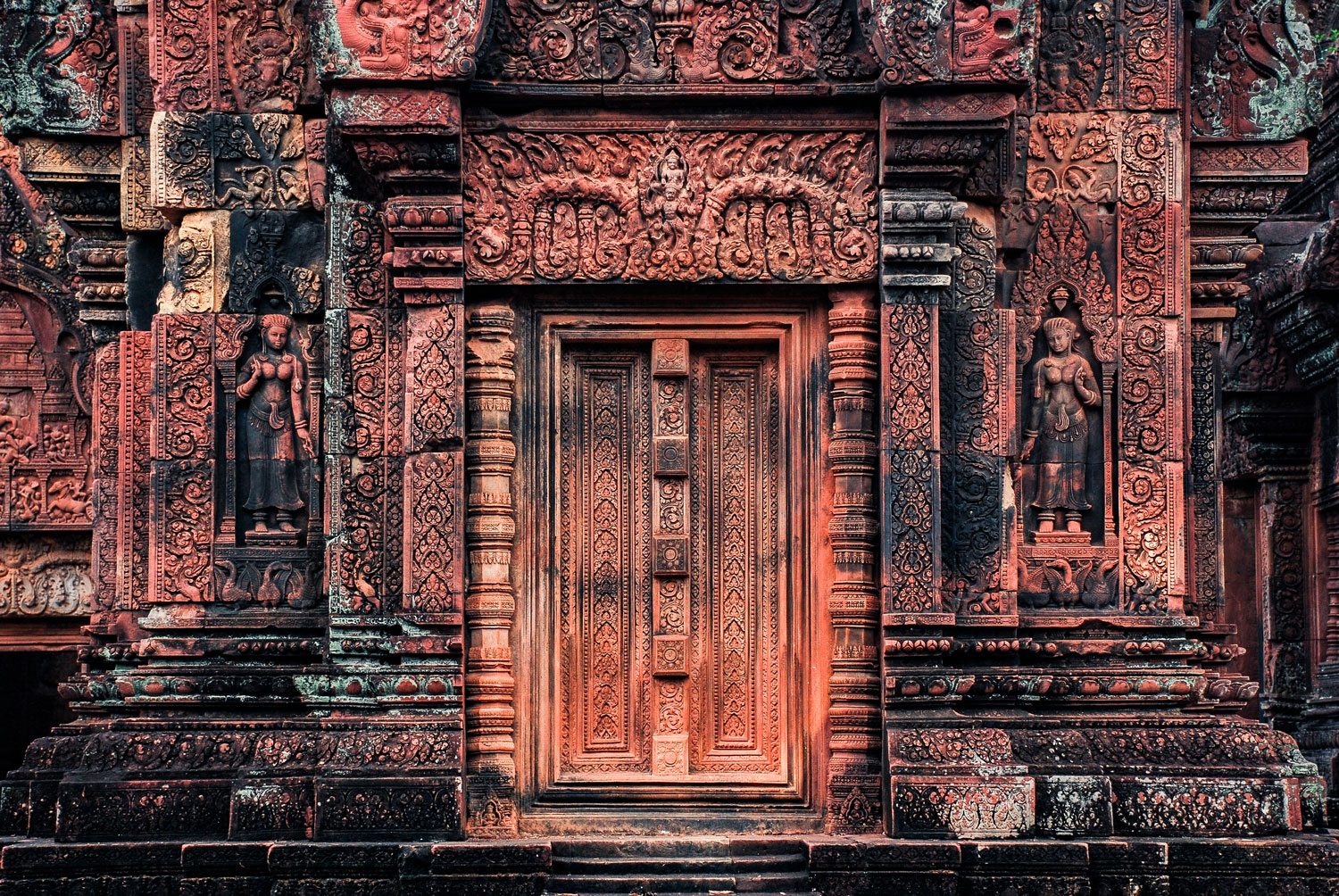
20 kilometres from Angkor, the old city Iśvarapura hides the Banteay Srei temple, also called citadel of the women. This name was given to salute the bas-relief carvings representing divine spirits (devatas).
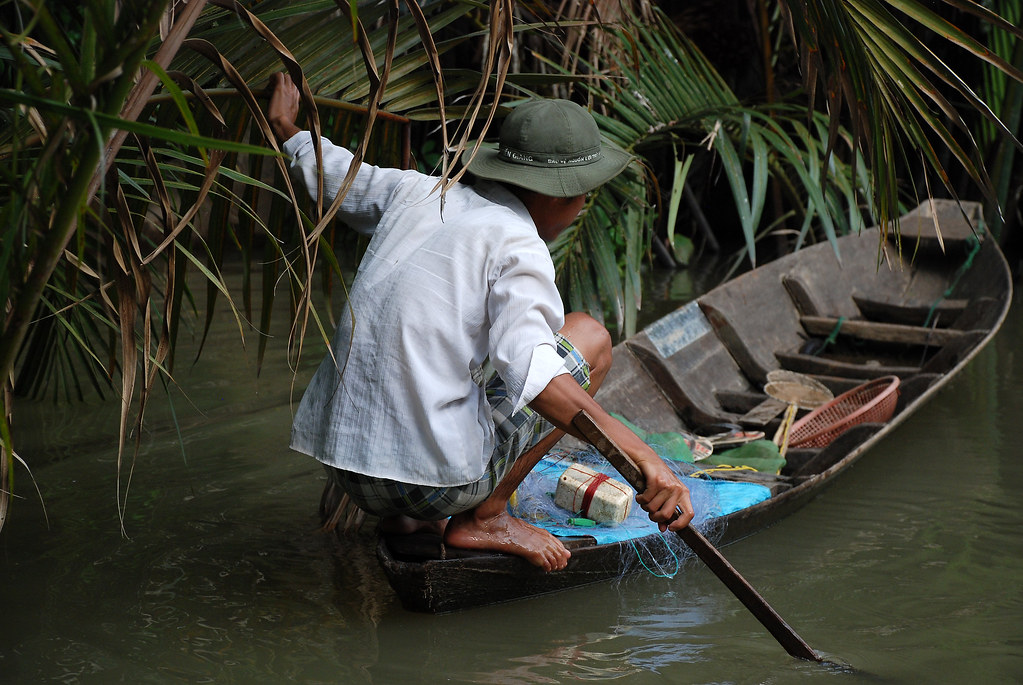
Mekong is an Asian river which join the Tonlé Sap lake and river. It is the fourth Asian river with the biggest flow of water.
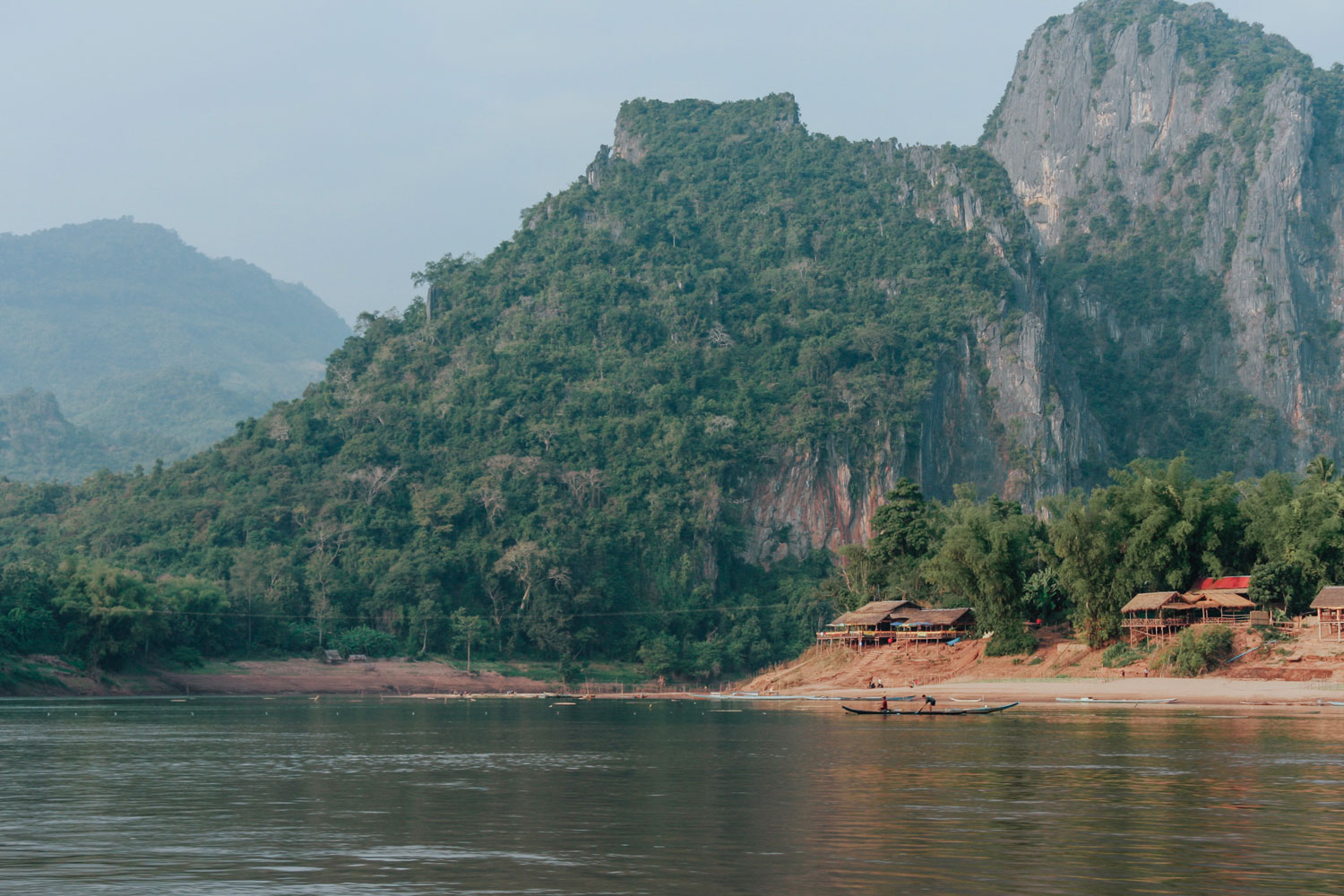
To solve conflicts and foster the sustainable developement around the river, the Mekong Comitee emerged in 1995 and gather Tailandia, Laos, Cambodia, Vietnam and, as observators, China and Birmania.
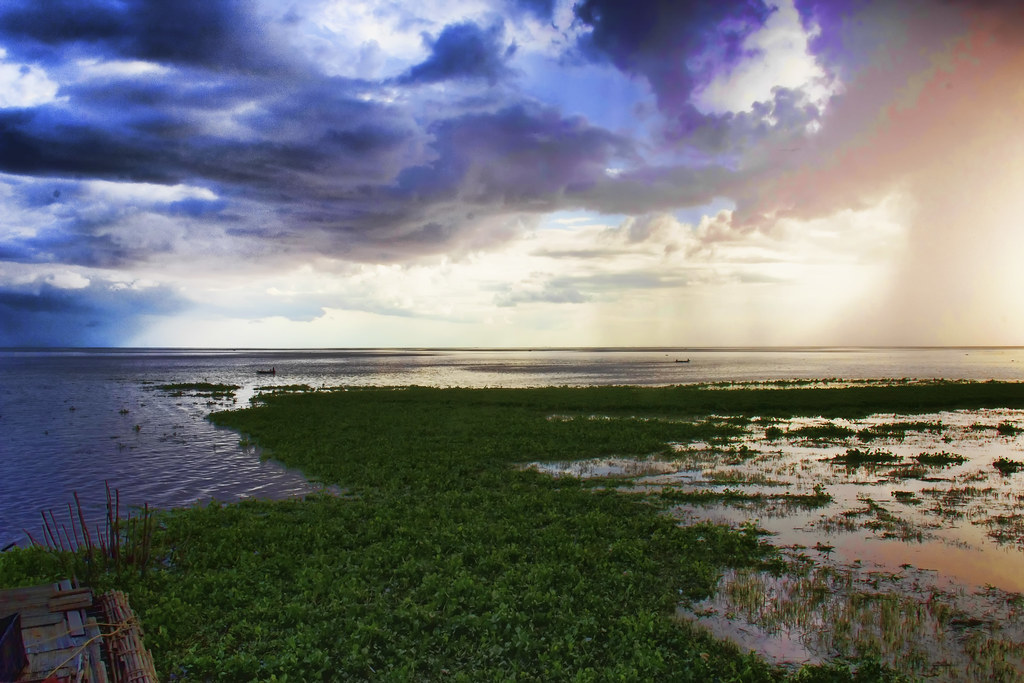
The Tonle Sap is a combined lake and Mekong river of major importance to Cambodia. Its specificity has two reasons: its flow changes direction twice a year and the lake expands and shrinks with the seasons. From November to may, during the dry season, the lake drains into Mekong River and during the heavy rains in June, it backs up to form a huge lake.
The surrounding region is economically dependent from the lake as its sediments deposited by the last floods offer a fertile ground for the rice-growing.
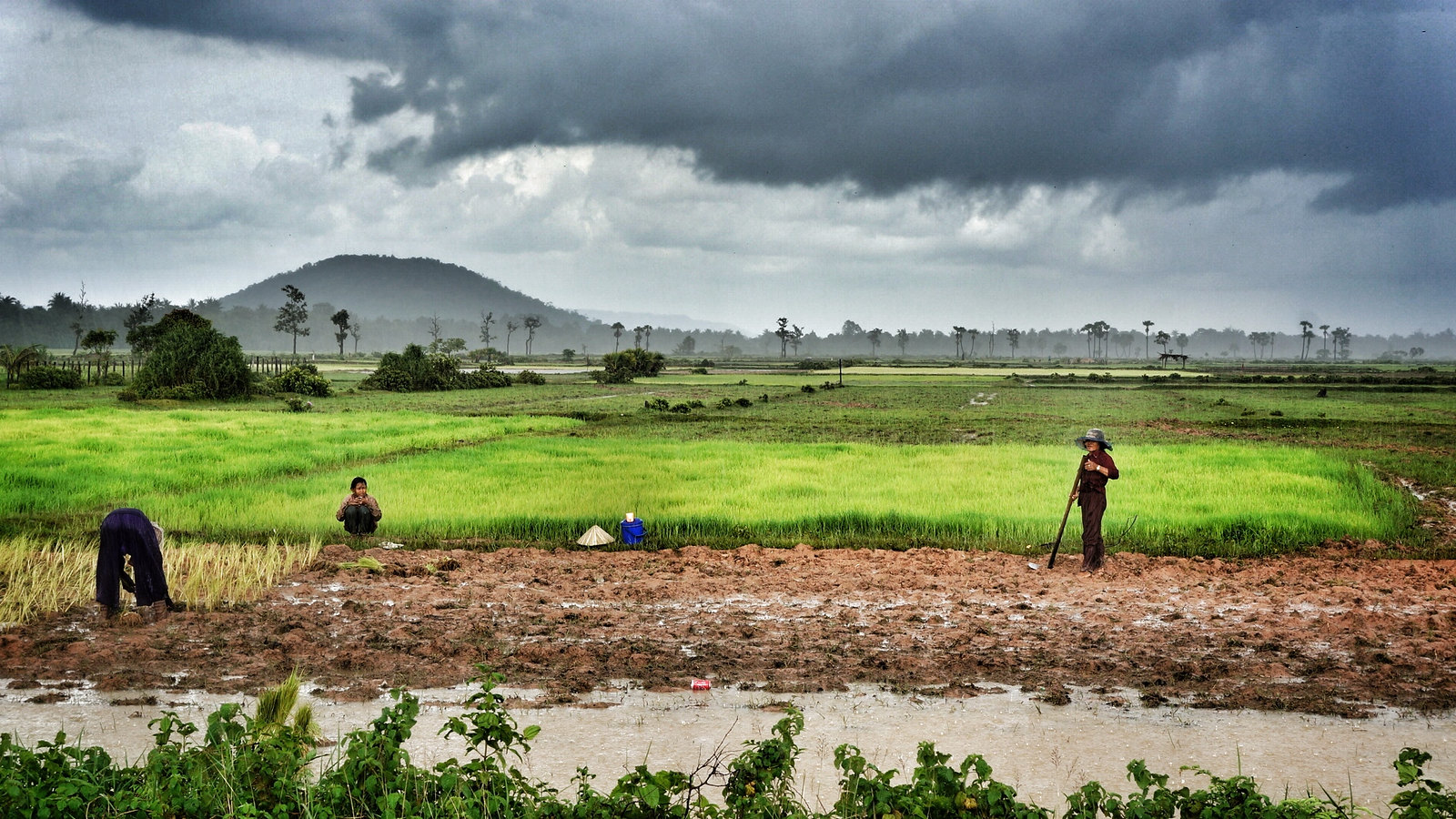
As the History testimony, rice is a founding element for the Cambodian civilization. Today, it is still produced to a large scale: 90% of the worldwide rice production come from Asia.

Cambodia is the fourth worldwide producer of freshwater fish. He takes 60% of its fishing production (freshwater and seawater) from the Tonle Sap lake. Up to 1995, overfishing and illegal fishing from militias threaten flora and fauna. Since this date, OAF, Belgium government and Cambodia launched a collaborative program to privilege the good governance of resources. It raises awareness among local fisherman and makes them participate to the program. Aquaculture has become a common practice which promotes biodiversity.
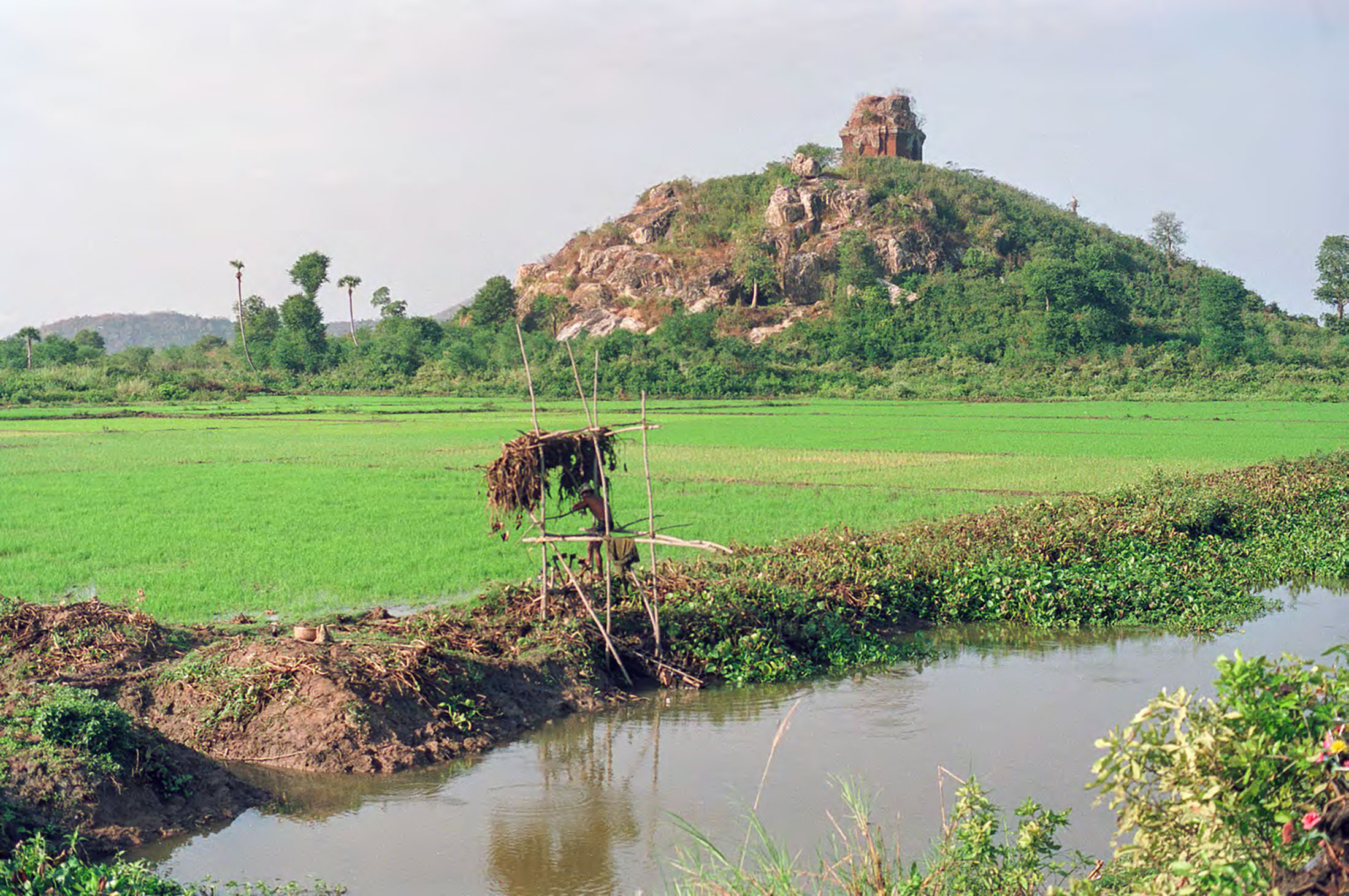
This photo, taken by Ben Kiernan in 1989 gives an idea of the rice-growing in the Takeo privince of southern Cambodia. In the background, we can see a 6th century pre-Angkorian temple on the hilltop, called Pnhom Da.
Ben Kiernan has studied Cambodia for more than forty years. He fought for the recognition of the Cambodian genocide and now works on reassembling the Cambodian past, from the ice age to today. The discoveries he makes provide insights into rice's place in the pre-industrial economy of Cambodia, and into how the country has adapted to change throughout the ages.
© Photos Unsplash, Flickr.
